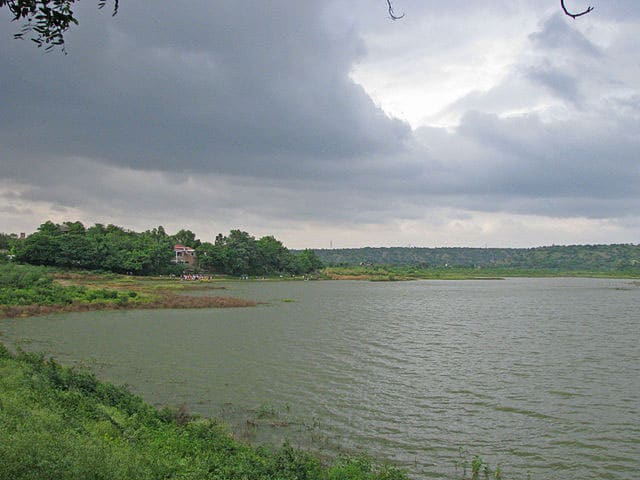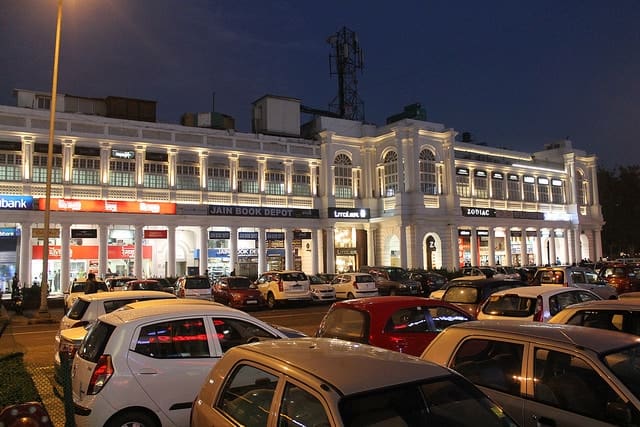Safdarjung’s Tomb, a testament to Mughal architectural grandeur, is a captivating historical monument nestled in the heart of Delhi. In this comprehensive guide, we will delve into the depths of Safdarjung’s Tomb, providing you with essential travel tips and answering frequently asked questions to ensure your visit to this remarkable site is nothing short of extraordinary.
1. Introduction to Safdarjung’s Tomb
A Glimpse into History
Safdarjung’s Tomb, built in 1754, stands as a splendid memorial dedicated to Safdarjung, the Prime Minister of the Mughal Empire during the reign of Emperor Muhammad Shah. This architectural marvel is one of Delhi’s most prominent historical landmarks and offers a window into the grandeur of Mughal architecture.
2. History and Significance
A Historical Treasure
Safdarjung’s Tomb holds immense historical significance. It signifies the late Mughal era’s architectural style and is often regarded as a precursor to the more famous Taj Mahal. Explore the history and significance of this captivating tomb, which serves as a tribute to a prominent figure of the Mughal Empire.
3. Location and How to Get There
Discovering the Precise Location
Before embarking on your journey to Safdarjung’s Tomb, it’s crucial to know its location. Situated in the Safdarjung Enclave area of Delhi, this tomb is easily accessible by various modes of transportation. Whether you choose to drive, take public transport, or hire a taxi, reaching this historical site is a breeze.
4. Entrance Fees and Timings
Plan Your Visit Wisely
To make the most of your visit, it’s essential to be aware of the entrance fees and operating hours. Safdarjung’s Tomb is typically open from sunrise to sunset, and entry fees are quite reasonable. Be sure to check the latest timings and fees before your visit to avoid any inconvenience.
5. Architecture and Design
Marvel at Architectural Splendor
One of the most striking aspects of Safdarjung’s Tomb is its exquisite architecture. The tomb is an architectural masterpiece, featuring intricate carvings, elegant domes, and beautifully landscaped gardens. Dive into the details of its design and understand the elements that make it a true marvel.
6. Exploring the Gardens
A Tranquil Oasis
The tomb is surrounded by well-maintained gardens that add to its charm. Take a leisurely stroll through these lush green gardens, and you’ll find yourself transported to a serene oasis amidst the bustling city. Discover the beauty of the landscape and its historical significance.
7. Photography Tips
Capture the Memories
Safdarjung’s Tomb offers numerous opportunities for photography enthusiasts to capture its beauty. Learn valuable photography tips to ensure you leave with stunning photographs that encapsulate the grandeur of the monument.
8. Local Attractions
Extend Your Exploration
Delhi is replete with historical sites and cultural attractions. After your visit to Safdarjung’s Tomb, consider exploring nearby places of interest, such as Lodhi Gardens and Humayun’s Tomb, to make the most of your day.
9. What to Wear
Dress Comfortably and Respectfully
While there are no strict dress codes, it’s advisable to dress comfortably and conservatively when visiting historical sites like Safdarjung’s Tomb. Loose, breathable clothing and comfortable walking shoes are recommended to ensure a pleasant experience.
10. Food and Refreshments
Satisfy Your Cravings
After an enriching tour of the tomb, you might crave some refreshments. While bringing outside food is generally discouraged, there are food stalls and restaurants near Safdarjung’s Tomb where you can savor local delicacies.
11. Safety Tips
Ensure a Safe Visit
Your safety is paramount. Be vigilant with your belongings, especially in crowded areas, and follow local safety guidelines. Delhi is generally a safe city for tourists, but it’s wise to exercise caution as you explore.
12. Best Time to Visit
Seasonal Considerations
The best time to visit Safdarjung’s Tomb is during the cooler months, typically from October to March. The weather is pleasant, making it ideal for exploring the tomb and its gardens.
13. Guided Tours
Enhance Your Experience
Consider joining a guided tour to gain deeper insights into the history and architecture of Safdarjung’s Tomb. Knowledgeable guides can provide valuable context and stories that enrich your visit.
14. Accessibility for Differently-abled Visitors
An Inclusive Experience
Safdarjung’s Tomb strives to provide an inclusive experience for all visitors. It is wheelchair accessible, ensuring that differently-abled individuals can also explore its beauty comfortably.
Conclusion
In conclusion, Safdarjung’s Tomb is a historical marvel that offers a glimpse into India’s rich heritage and architectural brilliance. Its serene gardens and awe-inspiring architecture make it a must-visit destination in Delhi. Whether you’re a history enthusiast, an architecture lover, or simply seeking a peaceful retreat in the city, Safdarjung’s Tomb has something special to offer.
FAQs
1. Is photography allowed inside Safdarjung’s Tomb?
Yes, photography is allowed inside the tomb premises. However, be sure to check for any specific rules or restrictions on photography at the time of your visit.
2. Are there any age restrictions for visitors?
No, there are no specific age restrictions for visiting Safdarjung’s Tomb. It is open to visitors of all ages, making it a family-friendly destination.
3. Can I bring food and drinks with me?
While outside food and drinks are generally discouraged inside the tomb premises, you can find food stalls and restaurants nearby to satisfy your hunger.
4. Is Safdarjung’s Tomb wheelchair accessible?
Yes, the tomb is wheelchair accessible, ensuring that differently-abled visitors can explore its beauty comfortably.
5. Are guided tours available, and how can I book one?
Yes, guided tours are available at Safdarjung’s Tomb. You can inquire about them at the entrance or consider booking a guided tour through a reputable tour agency. Guided tours provide valuable insights into the history and significance of the tomb, enhancing your overall experience.












